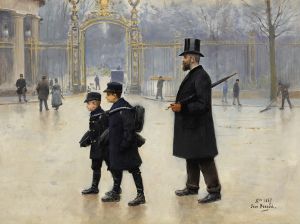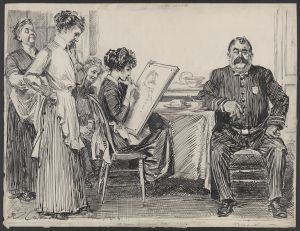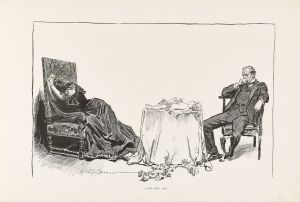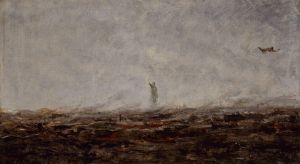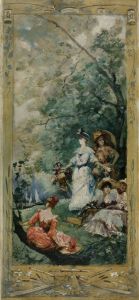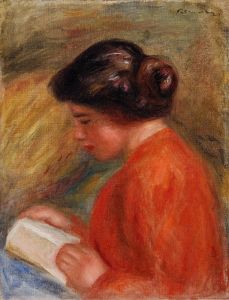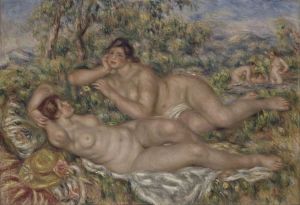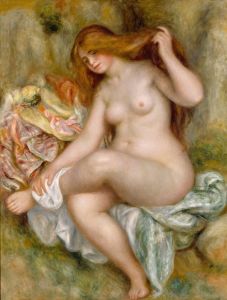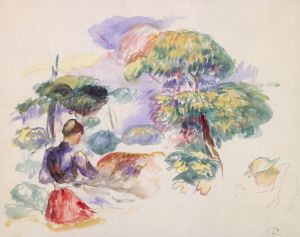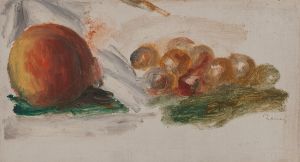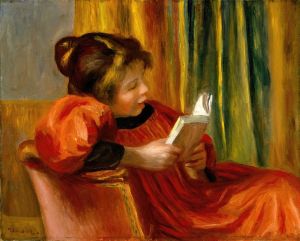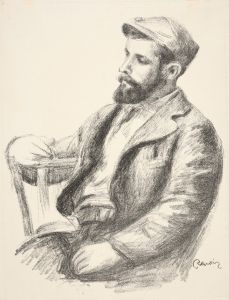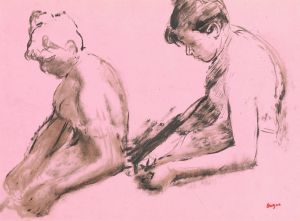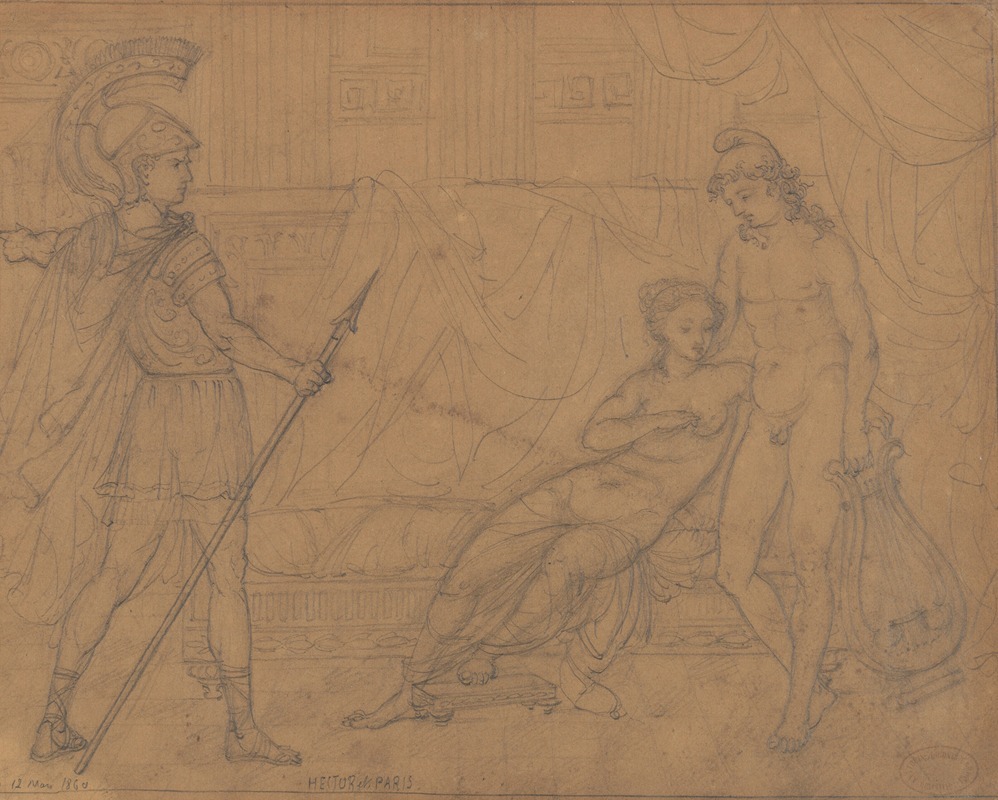
Hector et Paris
A hand-painted replica of Pierre-Auguste Renoir’s masterpiece Hector et Paris, meticulously crafted by professional artists to capture the true essence of the original. Each piece is created with museum-quality canvas and rare mineral pigments, carefully painted by experienced artists with delicate brushstrokes and rich, layered colors to perfectly recreate the texture of the original artwork. Unlike machine-printed reproductions, this hand-painted version brings the painting to life, infused with the artist’s emotions and skill in every stroke. Whether for personal collection or home decoration, it instantly elevates the artistic atmosphere of any space.
Pierre-Auguste Renoir, a leading figure in the Impressionist movement, is renowned for his vibrant light and saturated color, often focusing on people in intimate and candid compositions. One of his lesser-known works is "Hector et Paris," which reflects his interest in classical themes and narratives.
"Hector et Paris" is an oil painting created by Renoir, although the exact date of its creation is not widely documented. The painting depicts a scene from classical mythology, focusing on the figures of Hector and Paris, two prominent characters from the Trojan War narrative. Hector, a prince of Troy and one of its greatest warriors, is often portrayed in literature and art as a symbol of nobility and heroism. Paris, his brother, is infamous for his role in sparking the Trojan War through his abduction of Helen, the wife of the Spartan king Menelaus.
Renoir's interpretation of these mythological figures is consistent with his style, which often emphasizes the beauty and sensuality of the human form. His brushwork in "Hector et Paris" likely reflects his characteristic loose and fluid style, capturing the essence of the subjects rather than focusing on minute details. This approach aligns with the broader Impressionist movement, which sought to capture the effects of light and atmosphere rather than precise realism.
The painting is an example of Renoir's occasional exploration of historical and mythological subjects, which he approached with the same warmth and vibrancy that characterizes his more famous works, such as "Luncheon of the Boating Party" and "Dance at Le Moulin de la Galette." While Renoir is primarily celebrated for his depictions of contemporary life and leisure, works like "Hector et Paris" demonstrate his versatility and interest in a broader range of themes.
Renoir's choice to depict Hector and Paris may have been influenced by his admiration for classical art and literature, which was common among artists of his time. The 19th century saw a resurgence of interest in classical antiquity, partly due to archaeological discoveries and the influence of academic art traditions. Renoir, like many of his contemporaries, would have been familiar with these stories and their artistic representations.
While "Hector et Paris" may not be as widely recognized as some of Renoir's other works, it contributes to the understanding of his artistic range and interests. The painting is part of a broader body of work that showcases Renoir's ability to infuse classical subjects with the same life and vitality that he brought to his depictions of modern life.
Overall, "Hector et Paris" is a testament to Renoir's skill in blending classical themes with the Impressionist style, offering a unique perspective on mythological subjects through the lens of one of history's most celebrated painters.





